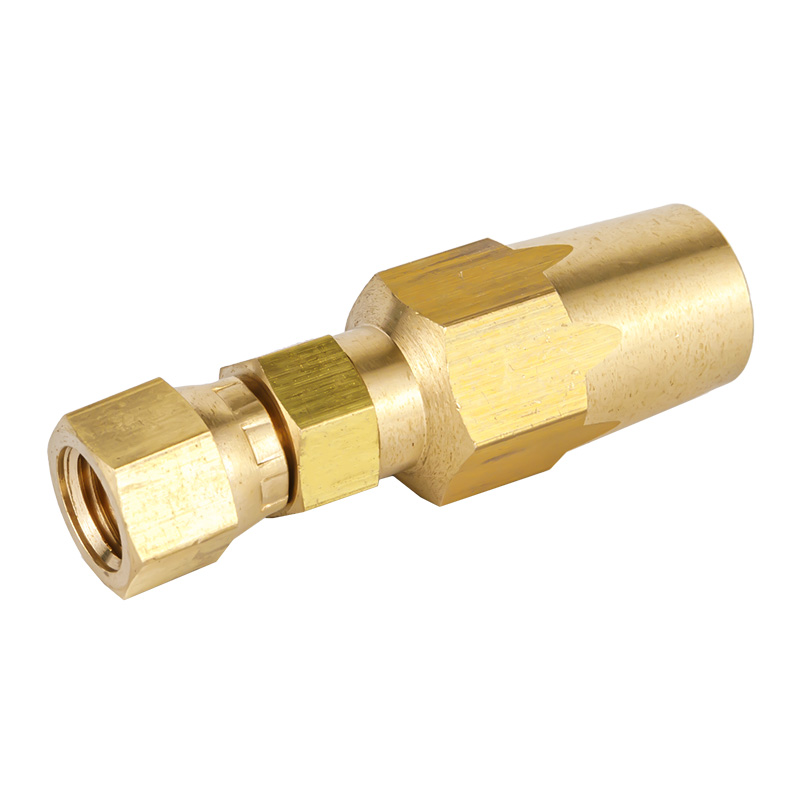In the cable connection of stainless steel quick connector, generally one end of the quick connector is a different style of plug-in socket, and the other end of the connection needs the corresponding power plug of the device, which can quickly complete the plug-in function. This is because it has the advantages of compact structure, small size, light weight, high pressure resistance, and exchangeability. Application, compared with ordinary stainless steel joints, it has more coordination ability, applicability and safety factor. It saves time and effort in application. Press the button with one hand to actually operate the split and connect stainless steel quick joints. It is very convenient, and it is also very easy to repair. It is not necessary to use professional special tools like ordinary joints.

In addition to stainless steel, the raw materials used in stainless steel quick connectors also include copper, aluminum alloy profiles and other materials. Because of the different materials, stainless steel joints have a variety of models and specifications. They are mainly used in different industries, including quick joints for gas, quick joints for gas and gas, and quick joints for both gas and liquid. , Quick connector for steam pressure, quick connector for rare gas, quick connector for refrigeration temperature oil, quick connector for semiconductor material. According to different joints, it can be applied to working substances such as vehicle gasoline, gasoline, gear oil, gasoline and diesel oil, refrigeration oil, fuel oil, water, salt water, acid-base and partial alkali liquids and vapors. Its pressure can reach 1.65Mpa, and the usable temperature is between minus 54 ℃ to 180 ℃, so it is widely used. However, the stainless steel quick connector is not suitable for high-current cables. Due to the skin effect of the current, most of the current will flow on the surface of the cable. This results in a very large resistor, and when a large current is required, it will cause a very large amount of heat according to Joule's law and there is a risk of damaging the cable.
